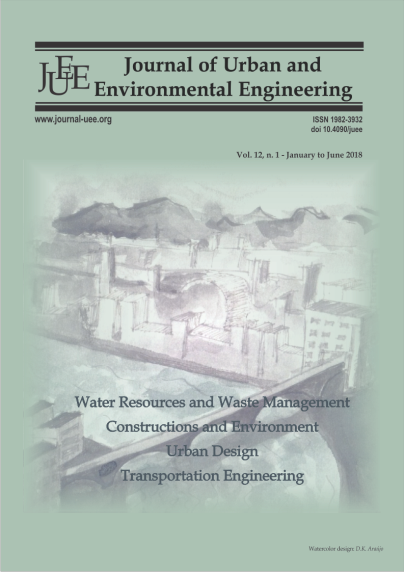EXPERIMENTAL STUDY OF THREE DIFFERENT AIRFOILS APPLIED TO DIFFUSER-AUGMENTED WIND TURBINES
DOI:
https://doi.org/10.4090/juee.2018.v12n1.147-153Keywords:
Wind turbine, Diffusers, Renewable EnergyAbstract
Over the years the electricity generation based on alternative energy systems applied to remote regions has been increased in Brazil, mainly due to the lack of conventional electric grid structure, specially in places as the Amazon. In this scenario, it is well-known that the wind power technology attracts great attention because the wind potential available in the country coast is really representative, leading this sort of technology to an important position into the local energy matrix. However, it is necessary to search new technology developments in order to get efficient turbines applied to isolated regions, where usually low wind speeds are found. The small wind systems using diffuser appear as a relevant alternative, which can be adapted to the characteristics of low wind speed conditions. Hence, in this work, an experimental study on diffusers using three different airfoils (SELIG 1223, EPPLER 423 and NACA 4412) was performed. The goal was to evaluate the influence of the diffuser velocity ratio on the classical theory (axial moment theory with diffuser), in order to show the increasing efficiency typically noticed in studies on Diffuser-Augmented Wind Turbines (DAWTs). In this regard, it was concluded that the wind speed increases under diffuser effect even whether the geometric model is composed by two straight parallel airfoils. Consequently, a DAWT might be adapted to low wind speeds usually found in northern Brazil.Downloads
Download data is not yet available.
Downloads
Published
2018-07-27
Issue
Section
Articles




